How Top Fmcg Company Managers plan to discuss Chef’s needs
As with any business through its quest, an FMCG food brand must make a series of good decisions to increase its likelihood of success in the marketplace.
During Market work with consumer foods, from premium milk to imported beers, from luxury chocolates to powdered pre-mixes for vending machines, here’s what Sales Managers have found worked favourably, often enough in favour of the product.

Why Chefs and Soldiers Make the Best Product Managers.
If you’re a cook in a restaurant or commercial kitchen, you’re usually one of many, constantly handing off work to one another to achieve a highly-orchestrated result. In the military, there’s strict hierarchy, but there’s also a lot of teamwork among peers. In these situations, natural leaders who win the allegiance of those around them thrive.
“Being charismatic and well-spoken is important, but it’s not sufficient on its own,” says Somashekar. “It’s possible to learn to be a good leader, because it’s really about credibility and respect.”
The business usually starts with an idea of a certain product or category likely to meet a need in the market. Researching its target audiences well and understanding their buying behaviour helps figure out whether or not the idea is worth actualising.

What do chefs need to consider in order to Place an order?
Market research should ideally cover:
- Which product will serve the interest of potential consumers
- At what price and portion-size it will do so
- What the positioning will be
- What packaging and shelf-life would be suitable and
- Which place(s) would make it easily available for repeated purchase by consumers
From the Market Research stage, two simultaneous paths must be pursued: One which involves manufacturing and sales, so as to bring the actual product to the consumer as a tangible experience; the other which involves marketing so as to bring the intangible aspect of the brand to the consumer and influence her perception.

The attraction for chefs to work with emerging food brands lies primarily in creative freedom they are given by the Head Of The Department to run the show independently at the back-end, build their own kitchen teams and develop menu items based on individual expertise.

Chef’s are responsible for trialling 2,500 dishes that narrowed down to 30 items for the company’s delivery menu and 400 for its catering and bulk ordering menu, based on demand, customer feedback and operational efficiencies of items that would survive delivery transits.

Sales Managers Meetings Identify Chef’s Need And Requirements.
Type of Product

Size and Specification

Count Per Packet for Portioning.

Flavour

Aroma

Temperature

Minimum Order Quantity

Supply Schedule
Supply Point

Storage Facility

Samples Submitted For Trials,Cofirmation.
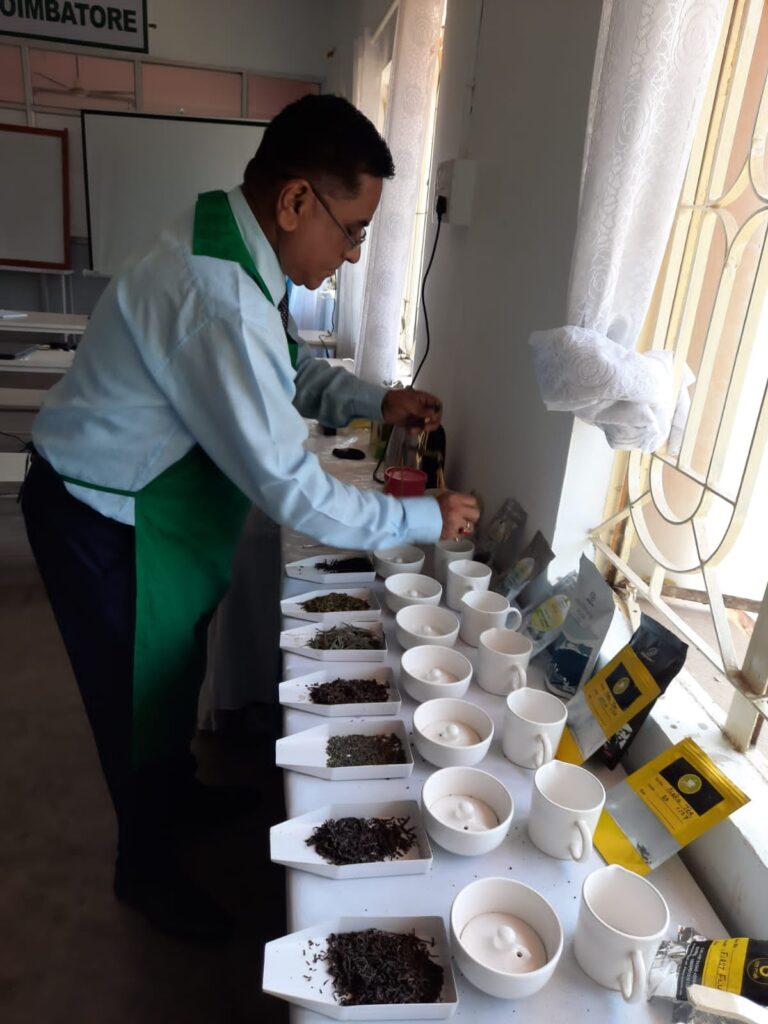
Food Trials And Photo Shoots are conducted for Costing Per Plate At The Kitchen Or Commisary.
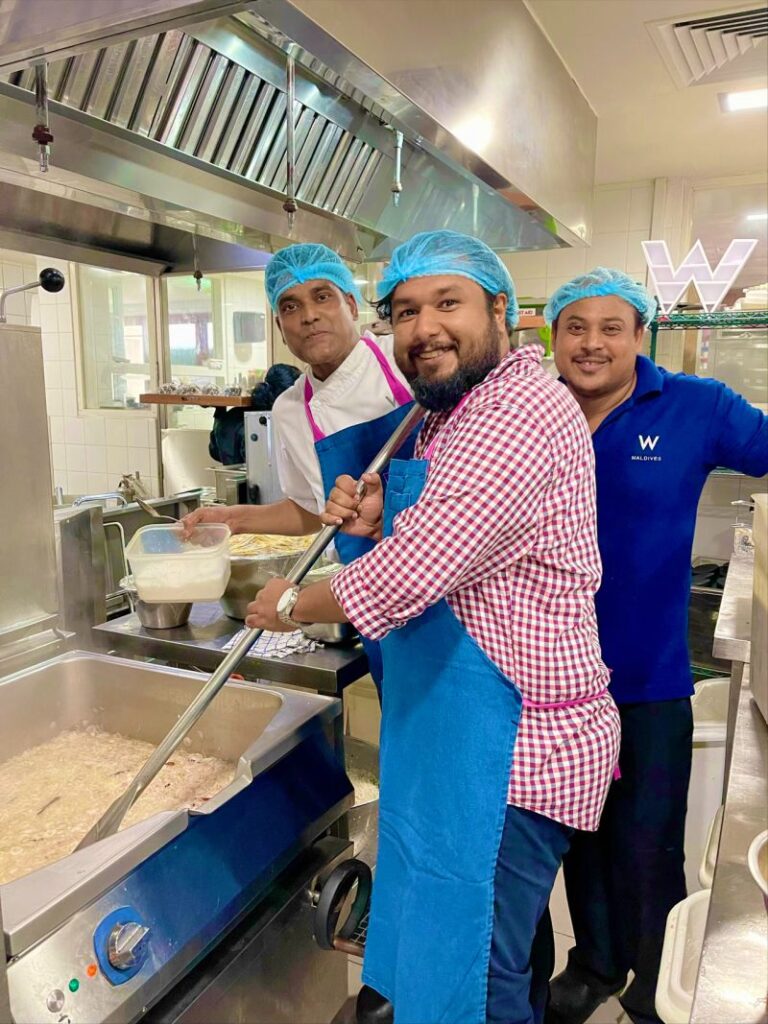
What is the most important quality for a chef to have?

Essential qualities of an effective salesmanager are:
The success of a business undertaking largely depends upon the efficiency of its salesmanager.
In the modern age of cut throat competition, a person possessing desired qualities can prove to be a successful salesman.
Which would you consider as an advantage of meeting a professional chef?
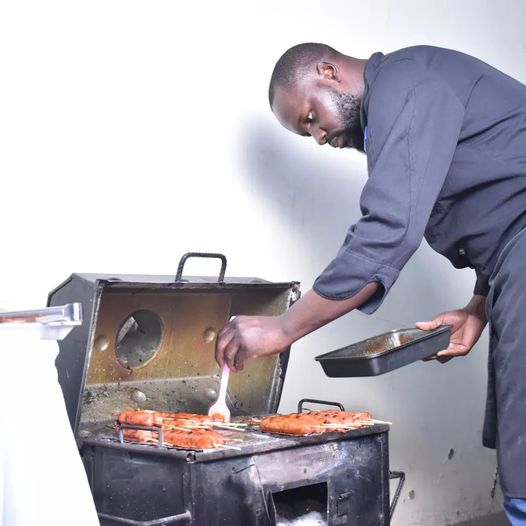
Chef’s Experience
Whether you’ve developed the first version of your recipe in a garage or a professional lab, you must decide whether to outsource the manufacturing with your proprietary recipe, or to build your own production facility so as to “control” your quality.
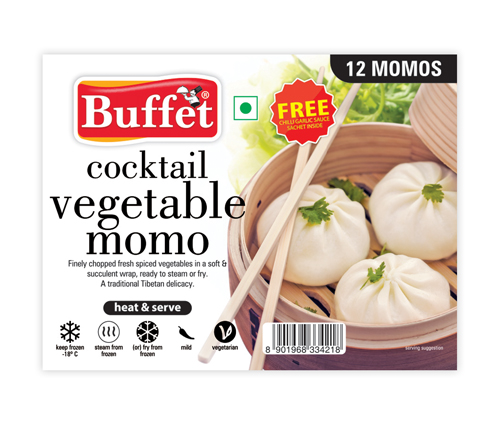
Outsourcing the manufacturing helps save capital on the factory and allows you to focus your time and money on brand-building. Most large FMCG food businesses typically choose this model.
If, however, you’re production inclined and opt to build your own facility, remember that you’ll then need to ensure that your factory’s capacity is utilised well enough to cover its costs, or you’ll be chasing other brands to do job-work rather than building your own brand… unless of course that is your agenda.
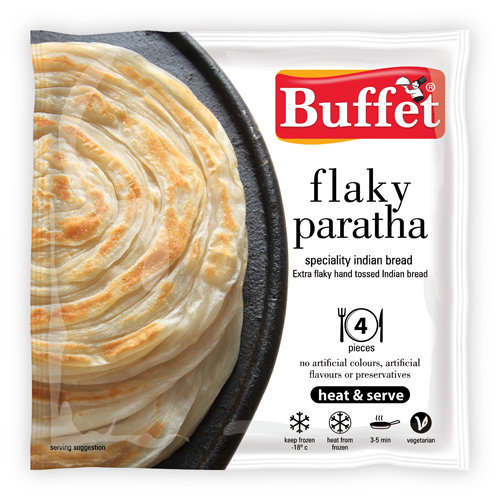
After the sensory approval (taste, colour, aroma, texture/consistency), a lab-sized batch must be prepared for analysis of its acidity, rancidity, bacterial count, solid-liquid ratio and other parameters as outlined by the food safety authorities.
However astute your palate, or that of your chef’s, eventually, it’s what your customer thinks about your product that really matters. One of the best ways to de-risk the product aspect of your business from failure is to include your target audiences in your sensory evaluation.

For a product with a shelf-life of, say, 12 months, an accelerated shelf-life study (SLS) is done over 12 weeks, following which a market batch must be readied.
A strong Go-to-Market plan considers which distribution channels and points of sale would best facilitate your consumer experience. You may distribute your product via: General Trade (GT) and Modern Trade (MT) retailers, your own branded counters or kiosks, through Institutions, HORECA (Hotels, Restaurants, Catering Companies), Online, and even via a direct-to-consumer channel like a subscription model for instance.
Chefs’ perceptions of using convenience food products versus scratch cooking.
With frozen meal options like Momo’s Mutton Biriyani Frozen Breads and Asian,French Cuisine, food companies are employing chefs to keep their products innovative and interesting.
Chef’s is the King On Consumer Perception, as the saying goes, is almost always greater than reality. So it’s fair that many consider the marketing and branding aspect of a business to be even more important than the actual product experience. The brand’s birth purpose, name, logo etc. are carefully packaged into a narrative that is conveyed dynamically and repeatedly to its consumers through various engaging stories and marketing activities.

Komin Nature Crafted Alkaline Water, for instance, crafted many interesting localised communications, based on very relatable occasions at which Komin Alkaline Water could be consumed in India. .
It is when the two paths of consumer experience and consumer perception meet, that the brand is actually born in the hearts and minds of your consumers.

On The Rocks or with KOMIN NATURE CRAFTED ALKALINE WATER.
Consumer Experience + Consumer Perception = Brand Birth.
What are the most important Chef’s decisions in cooking?
It is at this stage that your consumer forms an opinion of value that the brand offers, based on the extent to which it fulfils her needs, and how it compares to options available in the market. It puts her in a position to accept or reject your product, either entirely or partially.
Chef’s acceptance, backed by easy availability of product, usually leads to its repeated purchase—and thus the possible growth of the brand.
When a Chef reccomends and pays money for what he/ she has experienced or perceived to be good value, they becomes a loyal customer.
If HORECA rejects your brand or do not purchase it, you need to understand why, and try and do whatever it takes to make it work for them, or else the brand may die. In such a situation, the company will either close down completely or just close that vertical, and identify a new product or category that could resonate in the market.
So companies bring in chefs to create gold standards and to help the food scientists understand how the final product should taste. While chefs bring great ideas, they didn’t always understand the food scientists’ requirements.
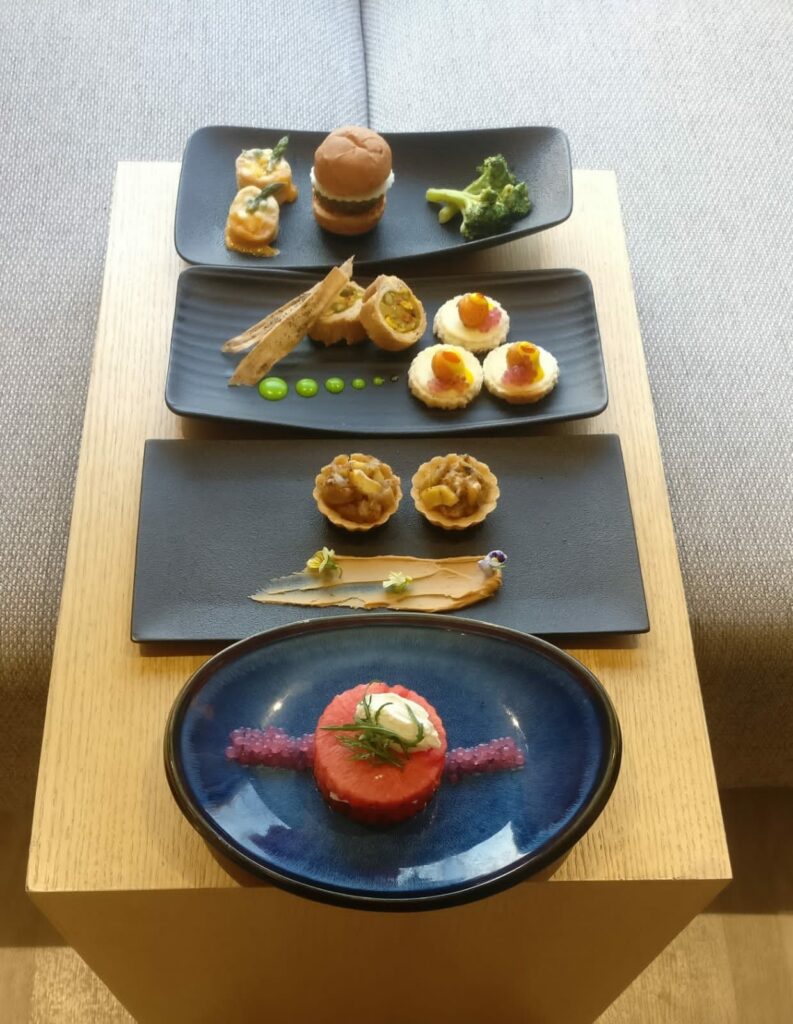
Why is a mise en place so crucial to kitchen?
As the two types work together, a new kind of food developer has emerged the Research Chef.
The chefs will “bench” with their client to create initial rudimentary prototypes. Once approval takes place, it is handed off to the food scientists to finalize the commercialization, although the chef remains involved to ensure the concept stays as close to the gold standard as technically possible.

What are the main duties and responsibilities of a chef?
The focus of the research chef developing retail products is defined almost exclusively on consumer trend information provided by internal marketing departments.
This means closely following consumer eating trends going on in and outside of the home, and ensuring we’re incorporating these concepts into great tasting, health and organic inspired products that are easy to make.
The ideas can involve a new type of snack product or a new flavor profile for an existing product.
The Sales Manager and Chef can team up to identify trending tastes, such as hot wings and cheeseburgers, and render a culinary execution by creating a seasoning to evaluate the blend and make sure they deliver the profile.






Pingback: How Fast food franchise and food truck is a good business opportunity. - DigitalGumma